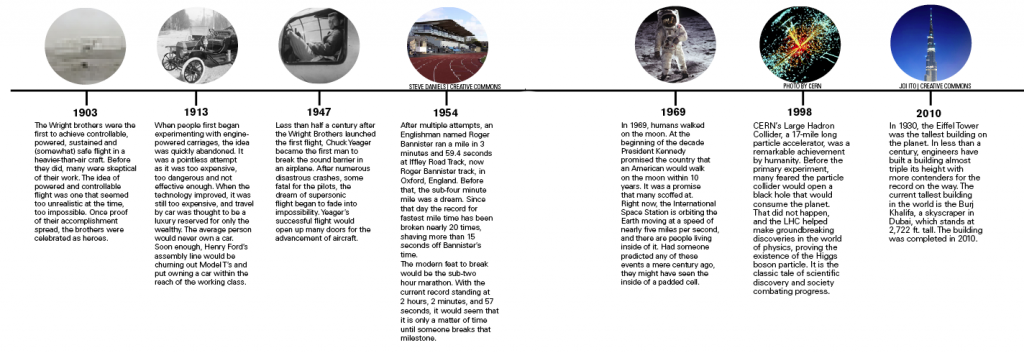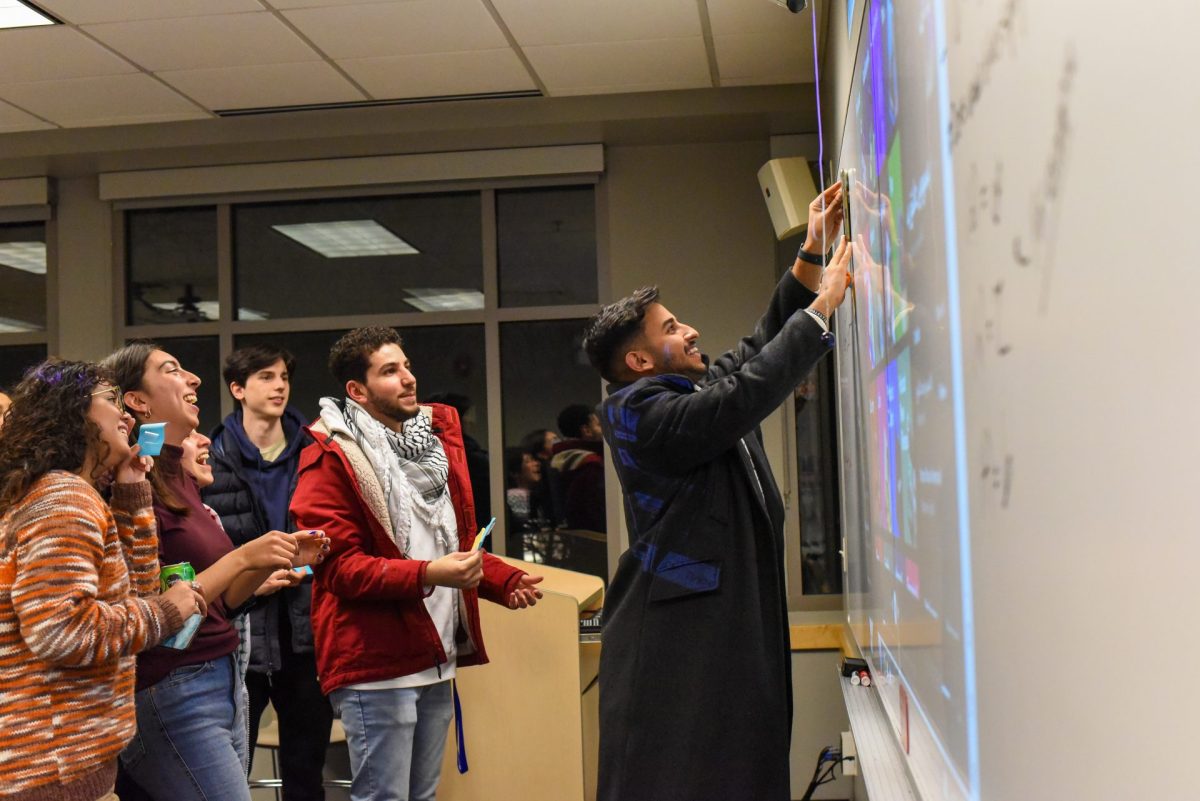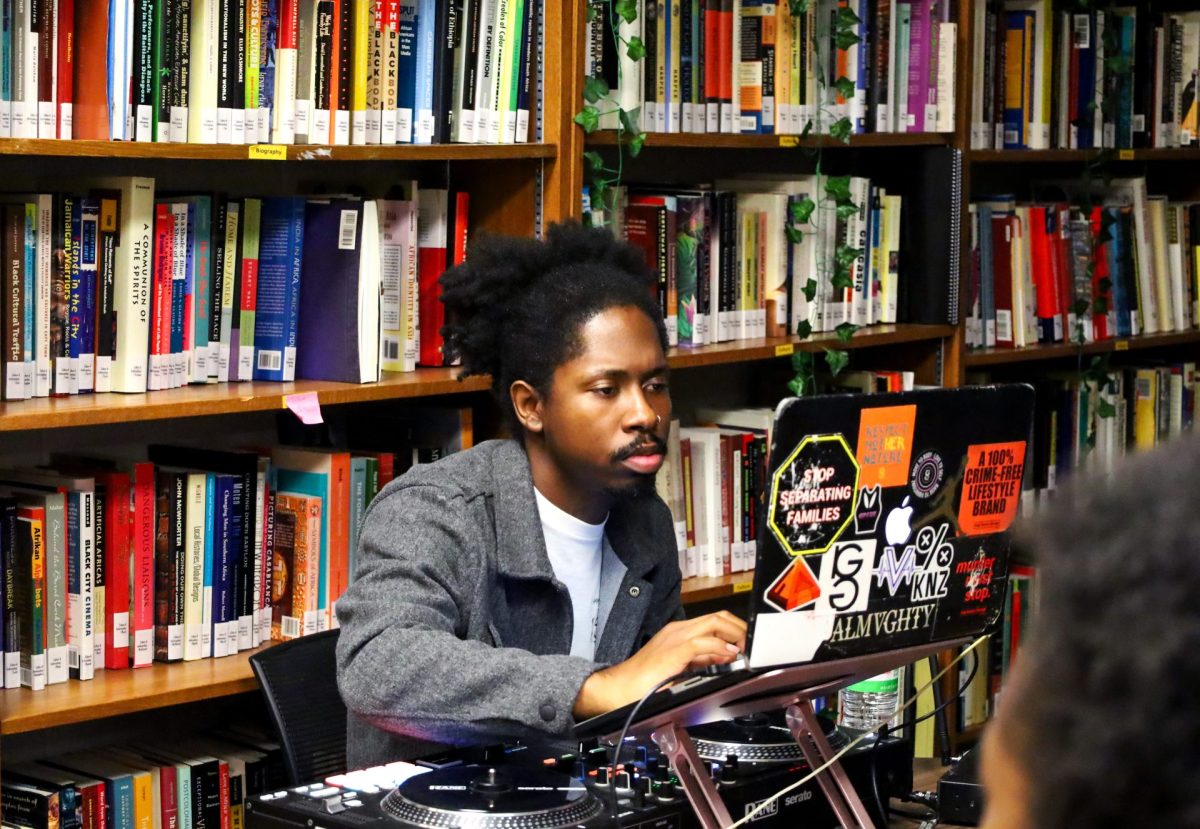Camp 4 in Yosemite Valley was once home to countless degenerate, homeless, good-for-nothing bums, who happened to be some of the best athletes in history. The campgrounds are known as the birthplace of modern rock climbing.
Rock climbing legends like Royal Robbins and Warren Harding lived in Camp 4 for years. While living in the valley, they were able to put up route on walls bigger than anyone ever dreamed was possible, while at the same time, eating cat food and drinking enough to kill mere mortals.
Robbins and Harding’s story ended at the Dawn Wall, which is the tallest and blankest wall on the famous formation of El Capitan in Yosemite National Park. Robbins, known for his climbing philosophy, marked the wall as off limits. It was too blank. Too many bolts would have to be drilled into the wall.
That didn’t stop Harding, who in 1970, after spending 27 nights on the wall, reached the top. Harding was met by reporters after the final push and was asked by one, “Why on God’s green earth do you guys climb mountains?” Harding’s response, “Because we’re insane. Can’t be any other reason.” Harding had done the impossible. Robbins made a bitter second ascent, and neither would climb a big wall again.
“We are most psychologically fulfilled if we set challenges for ourselves that are equivalent, or just barely beyond, our skill levels,” DePaul psychology professor Christine Reyna said.
Reyna added that naturally, humans are curious and have a desire to explore the unknown. Along with this drive, humans have a need to set challenging goals.
“This allows us to set goals that enable personal growth without such goals being unattainable and completely demoralizing,” Reyna said.
Reyna said that human fulfillment requires challenges, and that the difficulty of the challenges needed is entirely personal.
Robbins and Harding’s time was in the age of aid climbing; using fixed ropes, drilling pitons and pulling on gear to haul yourself up the wall. Last week, two men carrying on the legacy of Camp 4, attempted to climb the Dawn Wall once more, but with one big difference.
Tommy Caldwell and Kevin Jorgeson recently spent more than two weeks on the wall free climbing. Free climbing relies on the climber instead of the gear. Free climbers are secured to the wall by ropes to protect them from a deadly fall, however, they receive no assistance in climbing. The climber’s muscles power all of the upward mobility.
They did this on arguably the most difficult big wall on the planet. The holds on the wall are razor thin and slightly too far apart. Some of the pitches have difficulty ratings that highly skilled professional climbers even admit are beyond them.
Impossibility is common in climbing. Edmund Hillary and Tenzing Norgay summited the impossible Mt. Everest and the Eiger North Face was first climbed by three men in 1838. The Nose, another prominent feature on El Capitan, was free climbed for the first time by the famous Lynn Hill. Climbing is a sport that seems to thrive on impossibility.
It is not just a sport of physical strength, endurance and balance. Living on the side of a wall for 19 days poses its own challenges. Simple things can become immense problems. Neither Caldwell nor Jorgenson was able to walk for over two weeks. The giant rock wall they scaled was inescapable, always there to remind them how small they were. When not climbing, the two were confined in their tents suspended on an uncaring wall that reaches 3,000 feet in the air (taller than the world’s tallest building). The closest thing the pair had to a toilet were small, disposable plastic sanitary bags. Fights are often known to break out between climbing partners when it comes to siege-like projects such as this one.
“There is something deeply spiritual in a certain striving after excellence and the communities of the faithful who commit to certain sporting cultures,” professor of communication Bruce Evensen said, “It can be a team that draws such devotion. It can be enthusiasm directed toward an athletic hero. Or it can transcend appreciation for what others are doing in their approach to excellence and actually lead individuals to attempt excellence themselves.”
So why do so many people rebel when society says, “that’s impossible?”
“Think about what an accomplishment like this does to your evaluations of everything else in your life. Suddenly every other daily obstacle appears insignificant. You might be more likely to judge yourself a very capable person,” DePaul psychology professor Jessica Choplin said.
While there may be many motivators like money, fame, adrenalinew and expanding one’s dating prospects, Choplin theorized that doing the impossible might just be a means of getting past everyday obstacles.
When Tommy Caldwell and Kevin Jorgeson stood on top of El Capitan after free climbing the Dawn Wall, they joined a special class of humans that has beaten the impossible. Climbing such a massive and dumbfounding wall may seem like a waste of time and energy. It has no benefit to anyone. No discoveries were made. No secrets were revealed. Nothing really changed. Though that may seem the case, bragging rights may not be the sole motivator. Caldwell and Jorgeson continued a time-honored tradition of humanity, proving everyone wrong.








